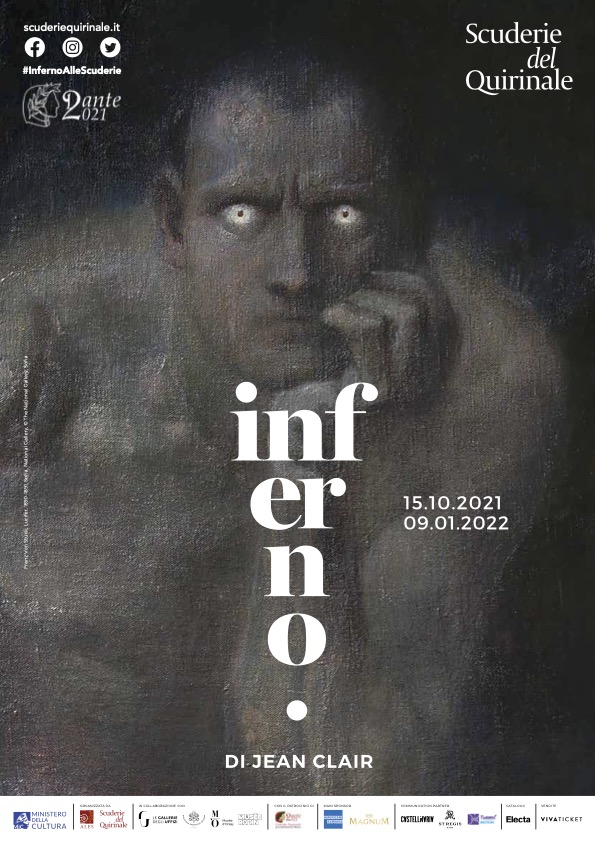The Devil Comes to Us. Sins and Temptations
Jan Brueghel il vecchio Le tentazioni di sant’Antonio Abate, 1601-1625 Valladolid, Museo Nacional de Escultura
In the centuries preceding Dante's tale, the Devil had been characterized as a rather ridiculous figure. His attempts at corrupting human nature were trivial and easily resisted. In the Comedy the evil characteristics of the Devil are accentuated, while the punishments inflicted on sinners in the various circles of Hell will capture the collective imagination in the following centuries.
Especially since the Lutheran split, the capital sins reach the peak of their popularity. An example of this is The Vision of Tundale, written by an Irish monk. It narrates the initiatory journey of a knight, great sinner, forced to travel in his dreams through the Afterlife and to witness the torments inflicted by demonic beings. His infernal journey is rendered with symbols of the seven deadly sins: the black rat represents lust, the coins avarice, and so on.
However, according to Maria Bolaños - who addresses the theme in one of the catalogue’s essays - the true hero of temptation, both in literary texts and in the visual arts, is Saint Anthony Abbot.
The exhibition offers many examples of pictorial interpretations of the Saint’s figure, from Jan Brueghel to Paul Cézanne, from Lucas Cranach to Odilon Redon.
Considered the founder of Christian monasticism, Anthony was born in Egypt in 251 and, while still young, he abandoned his possessions and retired to the desert to devote himself to prayer, abstinence and meditation. But soon, more than contemplative, his life becomes a forced coexistence with the Devil’s temptations. The Saint’s disciples recount that almost every day countless demons either hidden in his cave or lurking in the desert, with animal or human features, would try in every way to induce him to sin - now of pride, now of gluttony or laziness, but above all of lust and greed.
Starting from 1470, the legend of Saint Anthony became one of the favorite themes of patrons and artists. One of the most illustrious examples on display here is the work of Jan Brueghel the Elder entitled Tentaciones de San Antonio Abad, in which the hermit is surrounded by demonic beings who try to distract him from the sacred scriptures and to induce him to sin, seducing him with beautiful young women. The subject was therefore still in vogue while Brueghel was painting, in the early 1600s; the obsession with sin was very much alive among both Protestants and Catholics. In any case, the painting is innovative, because it gives great importance to the landscape and to the aerial perspective against the backdrop of a magnificent Nordic sky. The painting acquires even more depth when we consider its original destination: the Casa de la Aprobaciòn de Valladolid, the first women's prison in Spain, which aimed to correct the “libertad, disoluciòn y rotura” of many women of the time.



